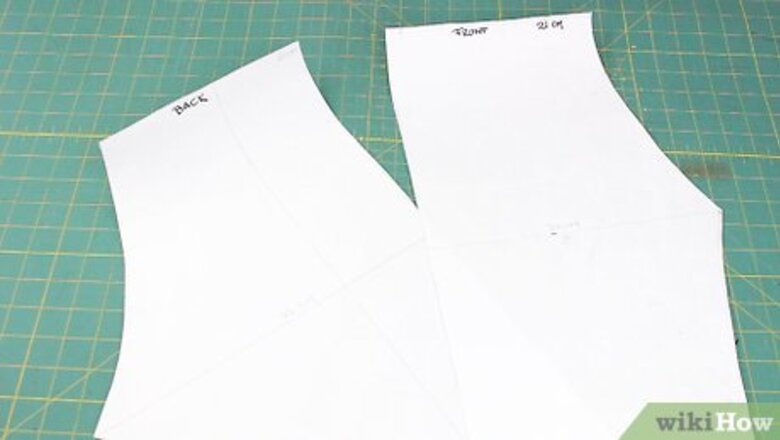
views
Preparing to Sew
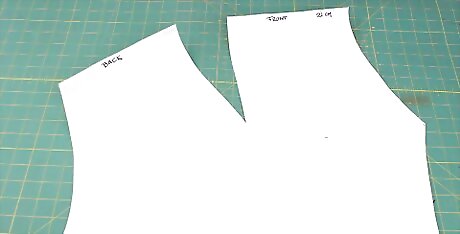
Choose a sewing pattern for basic elastic-waist pants. Look for the keyword "pull-on pants" and a pattern with no zippers or pockets. Ideal patterns can be found in the Pants and Skirts, Sleepwear, and Men's/Unisex sections of most pattern catalogs. Make sure to choose the correct pattern size. Sewing pattern sizes are determined by measurements. You will need to know your waist and hip measurement to figure out the correct size.
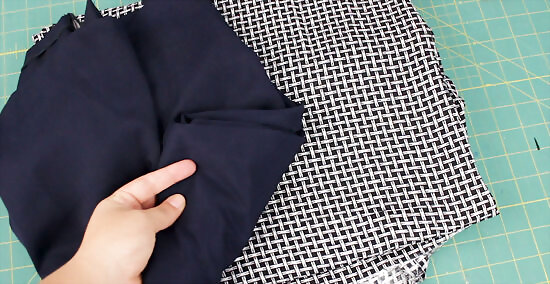
Choose a fabric for your pants. The pattern envelope will include recommendations on the kind and amount of fabric you will need. Fabric store employees are always happy to make recommendations, as well. Generally, woven fabric with 1-2% spandex is great for pants. Try wool, cotton, polyester, a silk and cashmere blend, or a silk and wool blend. Choose a fabric that is easy to work with for this project. Fabrics without much stretch are easier to work with than knits. A cute flannel or a cotton print would make a great choice for a pair of pants. Be sure to note the care instructions for the fabric you choose; these will be printed on the end of the fabric bolt.
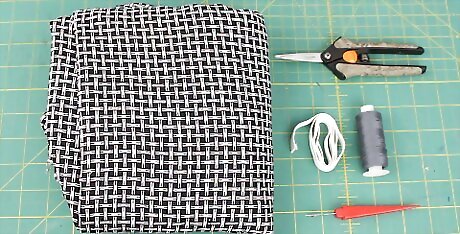
Buy the fabric and notions needed to complete your project. These will also be specified on the pattern envelope. You will usually need between 2.5 to 3 yards (2.3 to 2.7 m) of fabric, depending on the width of the fabric. Purchase a spool of thread that will match or coordinate with your fabric. Look for a variety marked "all purpose" or "sew-all." Purchase a package of 3/4-inch elastic for the waistband.
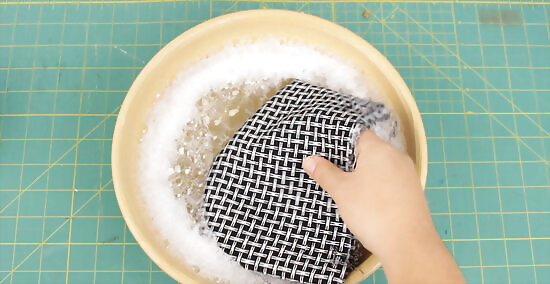
Prewash your fabric. It is important to prewash the fabric before you begin to cut and sew to minimize shrinkage, and to remove fabric sizing and excess dye. Make sure to prewash new fabric separately from other garments to avoid staining your clothes! Machine sew a quick straight stitch 1/2 away from each cut edges of the fabric before washing to prevent loosely-knit fabric from unraveling. Wash and dry the fabric according to the care instructions. For cotton fabrics, including flannel, machine wash in warm water using your normal detergent, and machine dry on high.
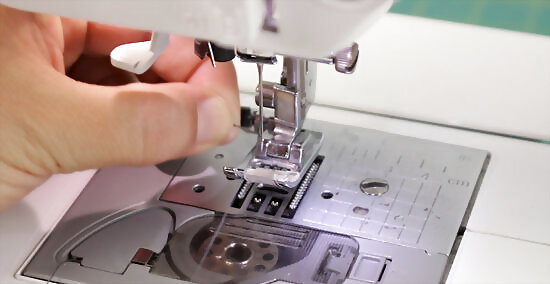
Get ready to sew while the fabric is being laundered. If you have your materials ready and your sewing station set up and ready to go, the actual construction of the pants will be a breeze! Read the pattern instructions included in the envelope. Thread your sewing machine and load the bobbin with the thread you plan to use. Set up your ironing board, or prepare an ironing surface. You can lay out several layers of towels on the floor or table to iron on in a pinch. Prepare a surface for cutting out the pattern and fabric. Remember that scissors can leave dents on wooden surfaces, so you may want to use a sheet of cardboard or a tablecloth to protect your dining room table.
Cutting the fabric
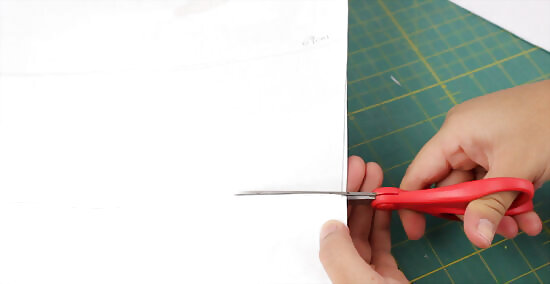
Cut out the pattern. Your pants pattern should consist of a "front" and "back" leg piece. Cut the pattern pieces out carefully, following the lines for the desired size. If the tissue paper pattern is heavily creased or wrinkled, you can iron it with a dry iron on low heat to smooth it out before cutting. Diamonds or triangle tabs on the edge of the pattern will be used later to match up pieces of fabric. Take care not to cut them off.
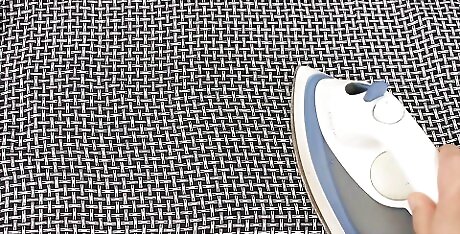
Iron the fabric so it will lay flat on your cutting surface.
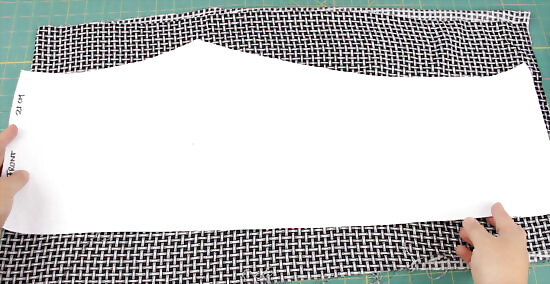
Lay out the fabric on your cutting surface and position the pattern pieces on top, according to the pattern directions. Most patterns will instruct you to fold the fabric in half before cutting. This way, you end up cutting out two pieces of cloth at once, one for the right leg and one for the left.
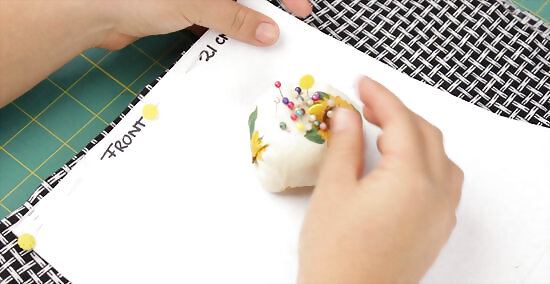
Pin the pattern paper to the fabric with straight pins, placed every 3–4 inches (7.6–10 cm), or as often as you need to keep the pattern securely attached. If your fabric is doubled-up, make sure the pins go completely through both layers.
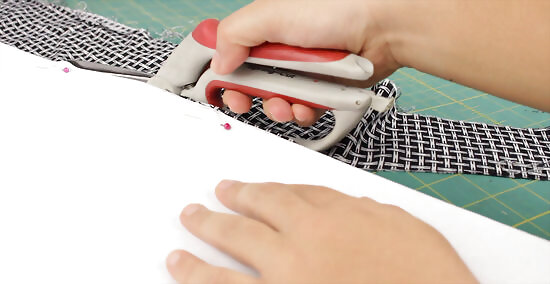
Cut out the fabric pieces using a pair of sharp scissors. Cut through both layers of fabric at the same time, and be sure to cut diamonds or notches where they are marked on the pattern paper.
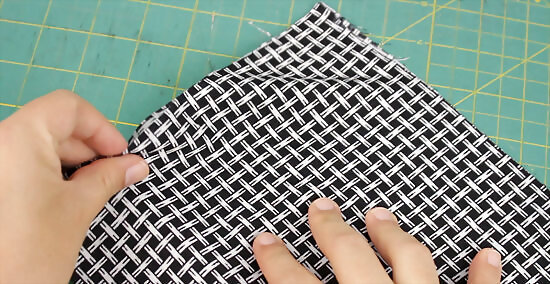
Remove the pins from the cut pieces. You should end up with 4 pieces of fabric: two "fronts" and two "backs," one for each pant leg.
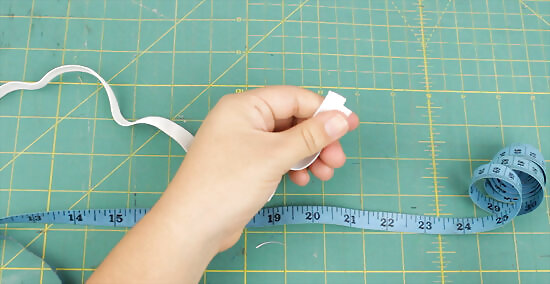
Cut a piece of elastic for the waistband. Use a tape measure to measure your waist, then cut a piece of 3/4-inch elastic that is 1 inch (2.5 cm) longer than this length.
Sewing the pants
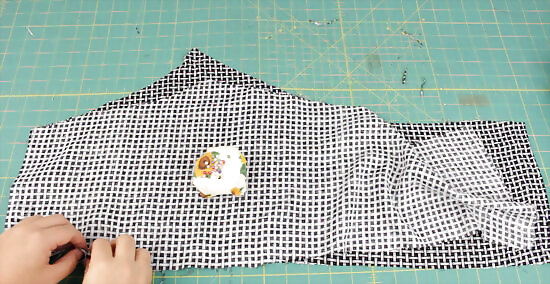
Match up the pattern pieces and pin them together. Match up one front and one back leg and place them together with right sides facing. The "right" side of the fabric is the side that is worn outside the body, i.e. the part that people will see. Align the edges and all notches, and pin together the inside and outside seams. Completely pin up both legs before you start sewing to make sure that everything is matched up correctly. You should end up with two inside-out fabric tubes that are mirror images of one another.
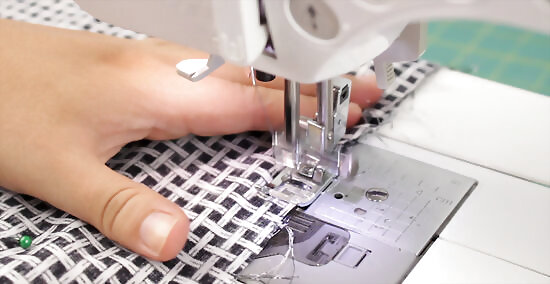
Sew up each pant leg using a straight stitch, 1/2" from the edge of the fabric. Sew the outer seam of each pant leg first. Then sew the inner seams of each pant leg. Alternately, you could sew one leg up completely, and then do the other.
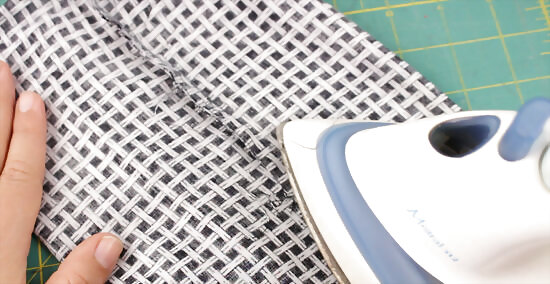
Remove the pins, and press all seams open with your iron. This is an important step to make sure the two legs can be joined together smoothly, and that you don't create awkward bunches and twists at the seams.
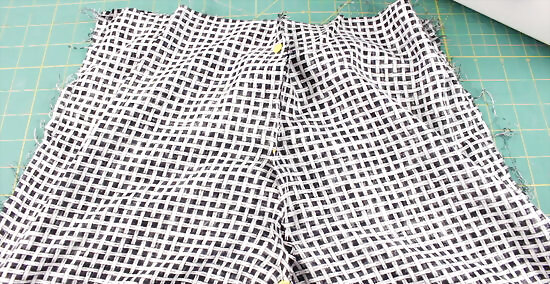
Join the two pant legs together. Begin by turning one sewn pant leg right side out, then insert this pant leg into the other, so that right sides of the fabric are touching. Now pin the crotch seam of the two pant legs together, making sure that all seams and notches are aligned. (The crotch seam will look like a "U" in shape.)
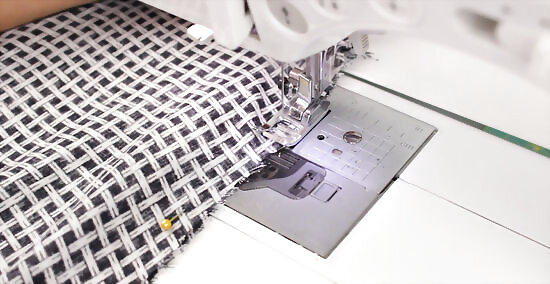
Sew the crotch seam with a straight stitch. For extra durability, you can also use a heavy-duty stitch, or add a second row of stitching 1/8" away from the first.
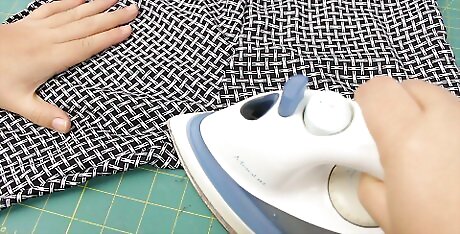
Turn the pants inside out and press the crotch seam open. You are nearly done with your pair of pants!
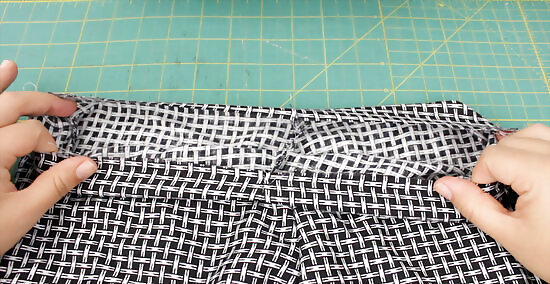
Create a casing at the top of the pants for the elastic. Fold the top of the pants down 1/4" and press, then fold down another 1 1/4" and press again. Stitch 1/8" from the bottom of the casing, all the way around the pants, leaving a 2" gap to insert the elastic.
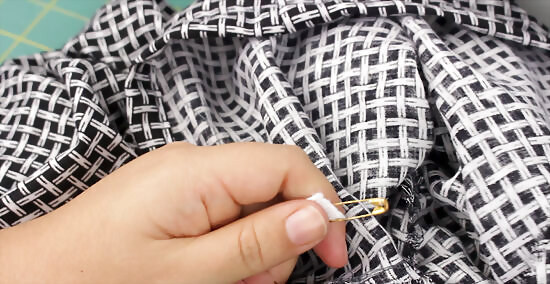
Insert the elastic into the casing. Attach a large safety pin to one end of the elastic, and use this to thread the elastic into the casing you have made at the top of the pants. You can also use a bodkin for this task. Stitch the ends of the elastic together using a zig-zag stitch. Make sure you have no twists in your elastic first! Finish the waistband by sewing the gap you left for the elastic closed.
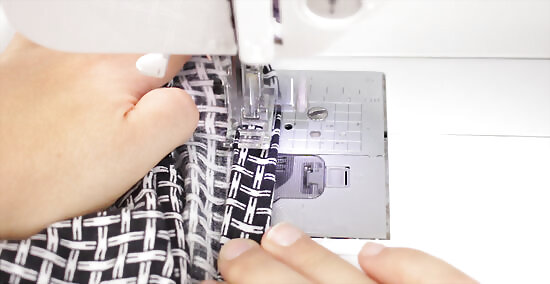
Hem the pants. First try on the pants to decide how long you want them to be. A helper at this stage can come in really handy! Mark the desired length of the pants with pins or a washable fabric marker. If the unfinished pants are more than an inch longer than you'd like them to be, trim off the excess material at the bottom. Fold the bottom of each pant leg over 1/4" and press, then fold them over another 3/4" and press again. Pin the hems, and sew 1/2" from the bottom of the pants. (The pants should still be inside-out for this step!)
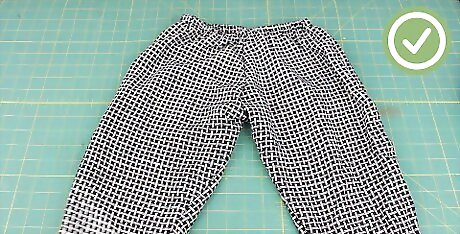
Proudly wear your new pants! Be sure to remove all pins and turn the pants right side out before putting them on.













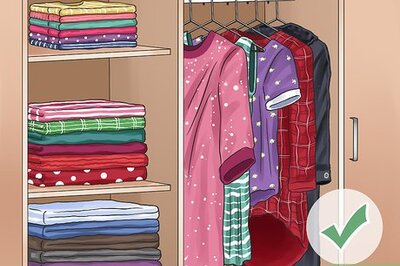




Comments
0 comment